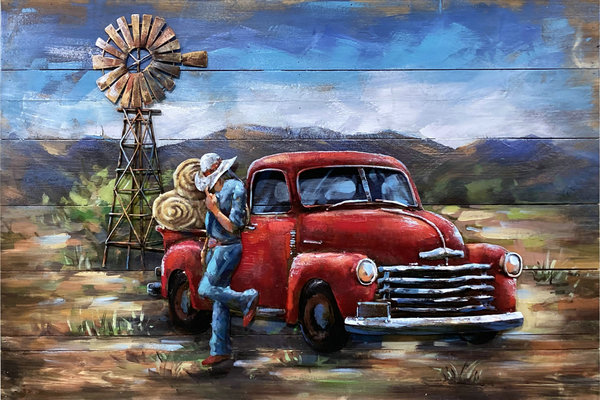
Painting, an age-old form of artistic expression, has captivated human beings for centuries. From the ancient cave groot schilderij of our ancestors to the intricate masterpieces adorning the walls of museums today, the art of painting continues to evoke emotions, provoke thoughts, and inspire awe. In this article, we embark on a journey to explore the rich tapestry of painting, delving into its history, techniques, and enduring significance in the realm of art.
The History of Painting: Painting has been an integral part of human culture since prehistoric times. The earliest evidence of painting dates back tens of thousands of years, with cave paintings found in various parts of the world, such as Lascaux in France and Altamira in Spain. These primitive artworks served not only as a means of communication but also as expressions of spirituality and storytelling.
As civilizations progressed, so did the art of painting. Ancient Egyptian frescoes, classical Greek pottery, and Byzantine religious icons are just a few examples of how painting evolved across different cultures and time periods. During the Renaissance, artists like Leonardo da Vinci, Michelangelo, and Raphael ushered in a new era of innovation and creativity, pushing the boundaries of artistic expression with their mastery of techniques such as perspective, chiaroscuro, and sfumato.
The Techniques of Painting: Painting encompasses a wide range of techniques, mediums, and styles, each offering unique opportunities for artistic expression. Oil painting, characterized by its rich colors and depth, remains one of the most popular mediums among artists. Acrylics, known for their versatility and quick drying time, have gained popularity in recent decades. Watercolors, with their transparent and luminous quality, are favored by many for their ethereal beauty.
Beyond these traditional mediums, artists today have embraced digital painting, utilizing technology to create stunning works of art with programs like Adobe Photoshop and Corel Painter. Whether working with traditional brushes and canvas or digital tablets and styluses, painters employ a myriad of techniques—from impasto and glazing to stippling and dry brushing—to bring their visions to life on the blank canvas.